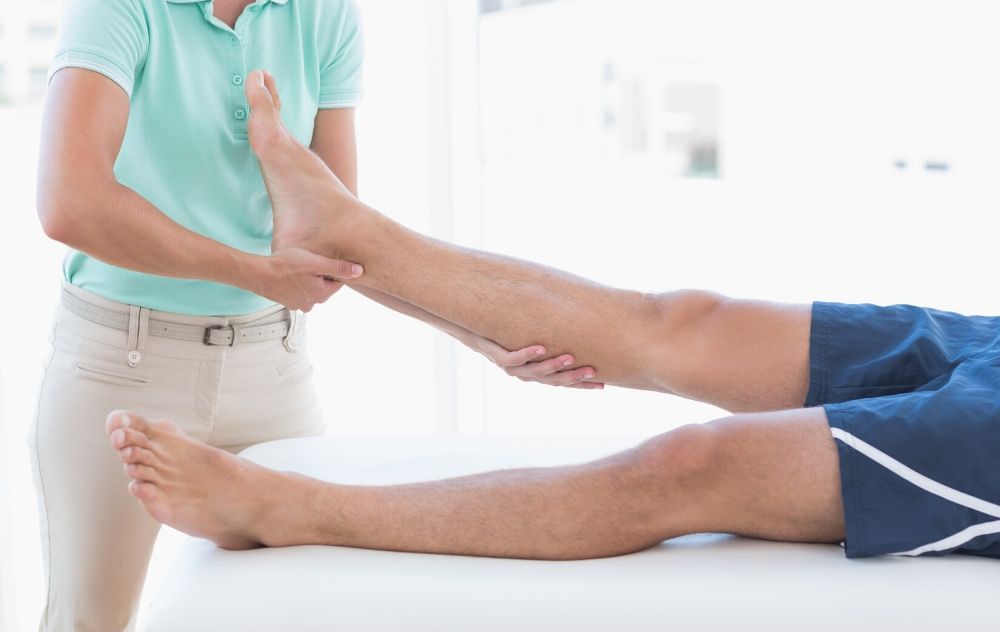What is Vascular Tissue?
Once oxygenated blood is returned to the heart by lungs, it is pumped throughout your body with the help of your vascular system, also called the circulatory system, consisting of a web of arteries, veins and legs. Arteries send oxygenated blood from the heart to your various body organs.
Capillaries are the tiny blood vessels between arteries and veins that help nutrient-rich oxygenated blood to reach to your body cells, while veins bring the deoxygenated blood containing cellular waste back to the heart for purification. The lymphatic system of your body maintains the fluid environment of the body by filtering and draining lymph from various body regions.
Peripheral Vascular Disease (PVD), commonly known as Peripheral Artery Disease or PAD is a blood circulation disorder of the arteries and veins situated away from your heart and brain. This vascular tissue disease commonly occurs in leg arteries and causes pain and fatigue, especially during exercising and climbing. In addition to legs, PAD can also affect the arteries in the legs, stomach and kidneys. According to the Center for Disease Control (CDC), approximately 10 to 20 percent of people above the age of 60 develop PAD symptoms and PAD complications.
LEARN MORE – SCHEDULE A CONSULTATION
Vascular Diseases
Atherosclerosis: The disease occurs when plaque consisting of fatty deposits, cellular waste, calcium and fibrin builds up on the inner walls of arteries. Plaque buildup can narrow the artery and cause obstructions to the blood flow. When peripheral artery disease progresses, it may result in gangrene, a severe PAD complication in which there is a complete blockage and the vascular tissue in your leg dies due to no supply of oxygen-rich and nutrient-rich blood.
Inflammation: Medically termed as vasculitis, this condition includes a range of blood vessel disorders and may lead to the narrowing and blockage of blood vessels. Trauma or injury may also lead to inflammation or infection, which can damage the blood vessels and vascular tissue, and lead to blockages.
There are 2 major types of peripheral vascular disease:
Functional PVD: There is no physical damage to your blood vessel structure, they are only widened or narrowed in response to other factors such as brain signals and temperature changes.
Organic PVD: There is a change in the structure of blood vessels due to plaque buildup and atherosclerosis that causes the vessels to narrow. Primary risk factors for the organic PVD include high blood pressure, old age, obesity, diabetes, smoking and high cholesterol.
MORE QUESTIONS? TALK TO A VASCULAR SPECIALIST TODAY
Diagnostic Techniques for PAD Treatment
Vascular ultrasound imaging is a non-invasive medical test for PAD treatment. Doppler ultrasound is a special ultrasound technique used at USA Vascular Centers that helps the doctor see and evaluate blood flow through arteries and veins in the body. It helps the doctor see the reduced or absent blood flow to various organs, or increased blood flow, which may be a sign of infection.
Sonograph technology is commonly used to assess whether a person is a good candidate for angioplasty as a procedure for PAD treatment. Angioplasty aids in the placement of a catheter or a thin flexible tube in your artery without causing complications that typically occur with PAD surgery, such as bleeding, rupture or nerve injury. This non-surgical PAD treatment has a high success and recovery rate. Most of the patients are discharged within 24 hours of their procedure.
Non-Surgical PAD Treatment at USA Vascular Centers
At USA Vascular Centers, we are now offering the opportunity to conduct an appointment completely online. Online health consultations with our specialists means you can access our effective and affordable vascular care from the safety and comfort of your home. Through telemedicine virtual consultation, your diagnosis can be started immediately based on your symptoms. The doctor will evaluate your condition and begin your PAD treatment. You can discuss with your doctor about what is vascular tissue, and what all you need to do to keep it in a healthy state.
Contact us at USA Vascular Centers at 888-773-2193 to request an appointment today.

